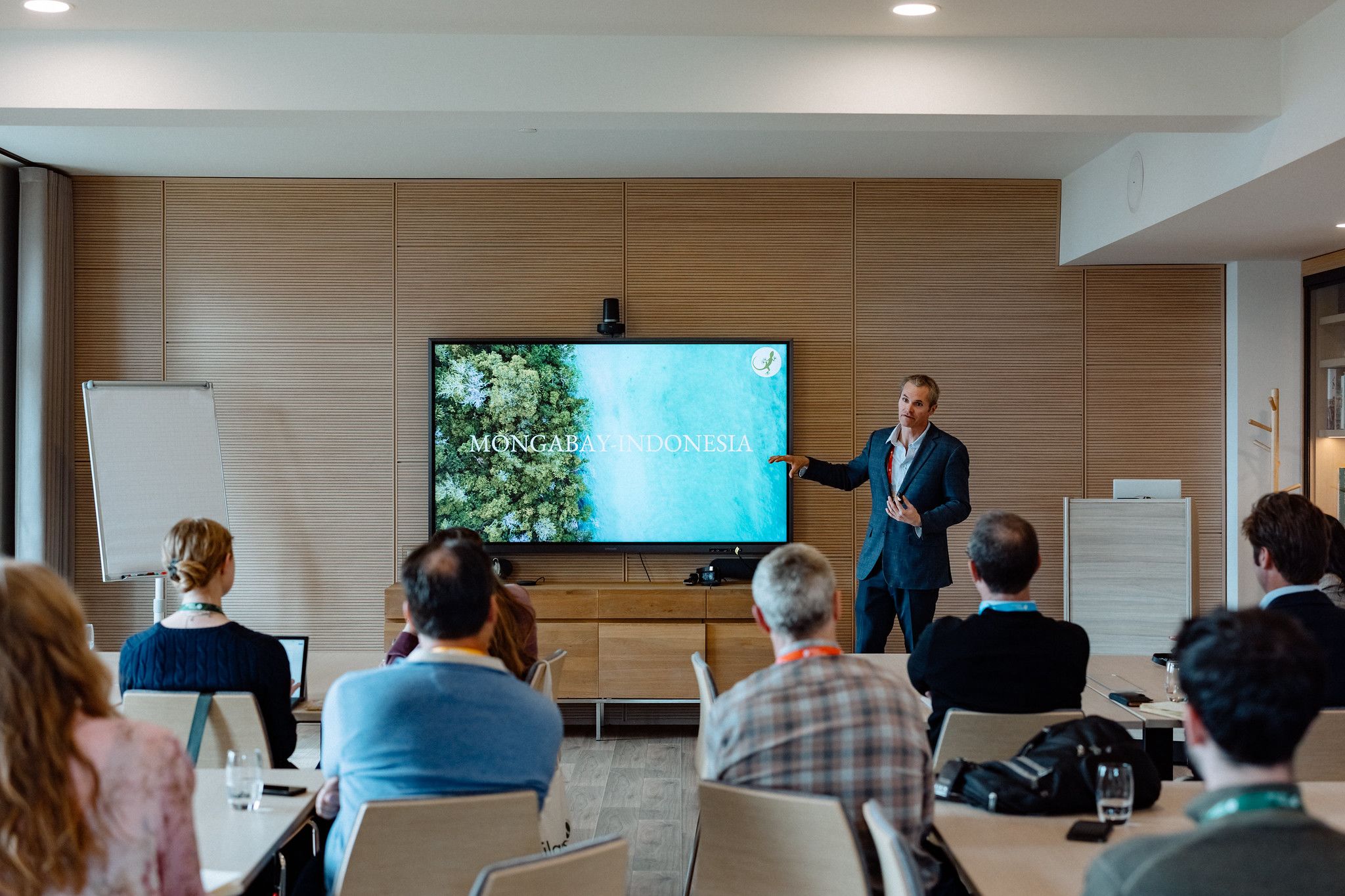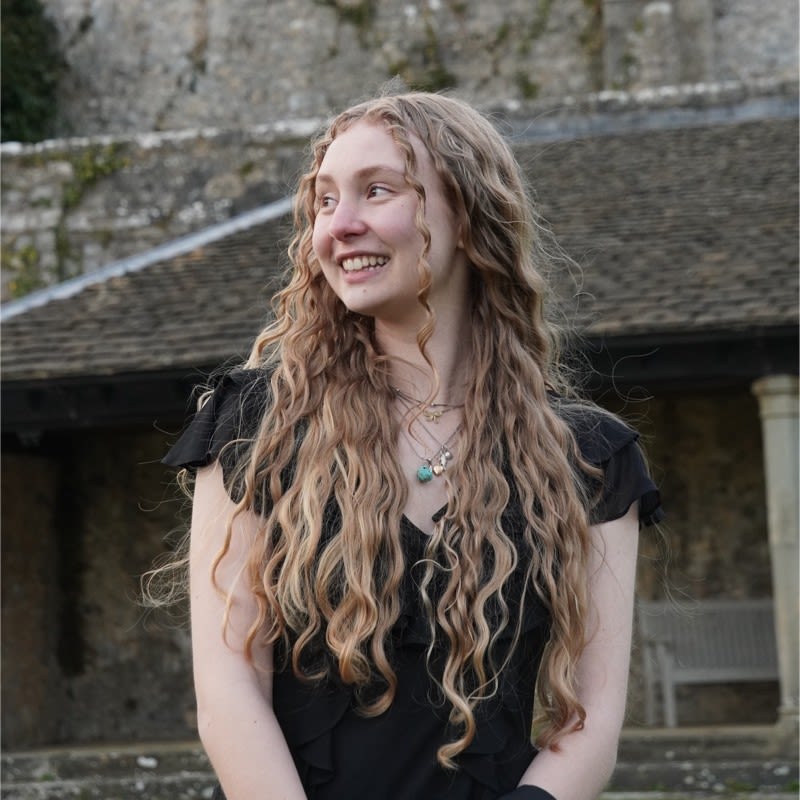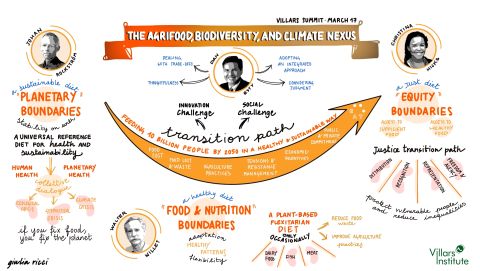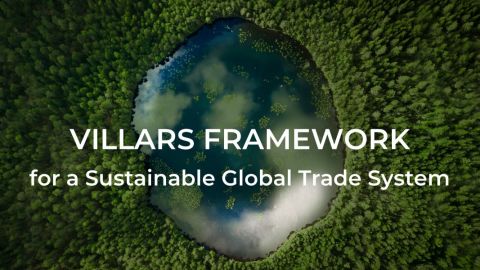Ideas from the Speakers
Narratives surround us every day and shape our perception of the world. Diverse speakers shared their insights on the power of narratives and the growing need to communicate in cohesive, creative ways to promote nature restoration. Although media avoidance is progressively increasing, those who avoid the news may still read positive or solution-centered stories. A worldwide polarization crisis is amplifying avoidance and creating a feedback loop of extremism. However, studies demonstrate that those who eschew climate news still read articles about science, technology, business, finance, and economics, indicating that these may be potential fields for connection on the topic of nature. Participants also examined narratives through the lens of behavioral science, which can contextualize the idiosyncrasies of human behavior. The study of humanity is by nature interdisciplinary, with anthropology, psychology, and evolutionary science often brought into the fold.
Humans overreact to certain risks and underreact to others, and perceptions of climate change are based on our flawed understanding of risk. Thus, we often underreact to threats that are familiar, intangible, or perceived as distant, such as increased heat and the frequency of natural disasters, which threaten nature. Additionally, the inefficacy of current narratives was explored through the context of scientific communication. Scientists often struggle to communicate brilliant ideas and pressing issues to the public when their messages are filled with jargon or are too niche. Thus, our methods of transmitting scientific findings must change to better reach wide audiences.
One argument was that human narratives are most effective when they have a sense of depth—often not rooted in science but in personal stories, “lightbulb moments,” or shared experiences. Ultimately, narratives have great power and are crucially relevant to countering climate change and nature loss.
Insights from the Audience
Discussion was animated and robust, with participants suggesting perspectives on constructing a narrative for restoring nature. It was agreed that framing is important to bridge ideological borders and reach bipartisan audiences. Additionally, communication about nature is currently ineffective. Communication efficacy is not just about what is being said but also about who is saying it. Narrative storytellers must be influential and relevant within the target community, which also requires using local languages and streamlined messages where possible to broaden their reach.
Participants reached the consensus that audiences must be highly defined for messages to be effective. This requires meeting the audience where they are, and tailoring narratives on nature so they hit closest to home. Additionally, assumptions should be tested so that narratives are neither condescending nor overly technical. Creating a positive, trust-based relationship with audiences is critical so that narratives can be built around shared provisions and needs. Furthermore, the participants’ perspectives converged on the need to encourage agency and emphasize the benefits of nature restoration.
Participants agreed that elements of action must be included in this narrative. This is particularly relevant to reaching youth, as measurable actions tap into the natural desire to feel accomplished and involved. Optimistic or neutral messages are more warmly received, suggesting that the most powerful narratives for nature restoration are those that encourage audiences to act, and act now.








